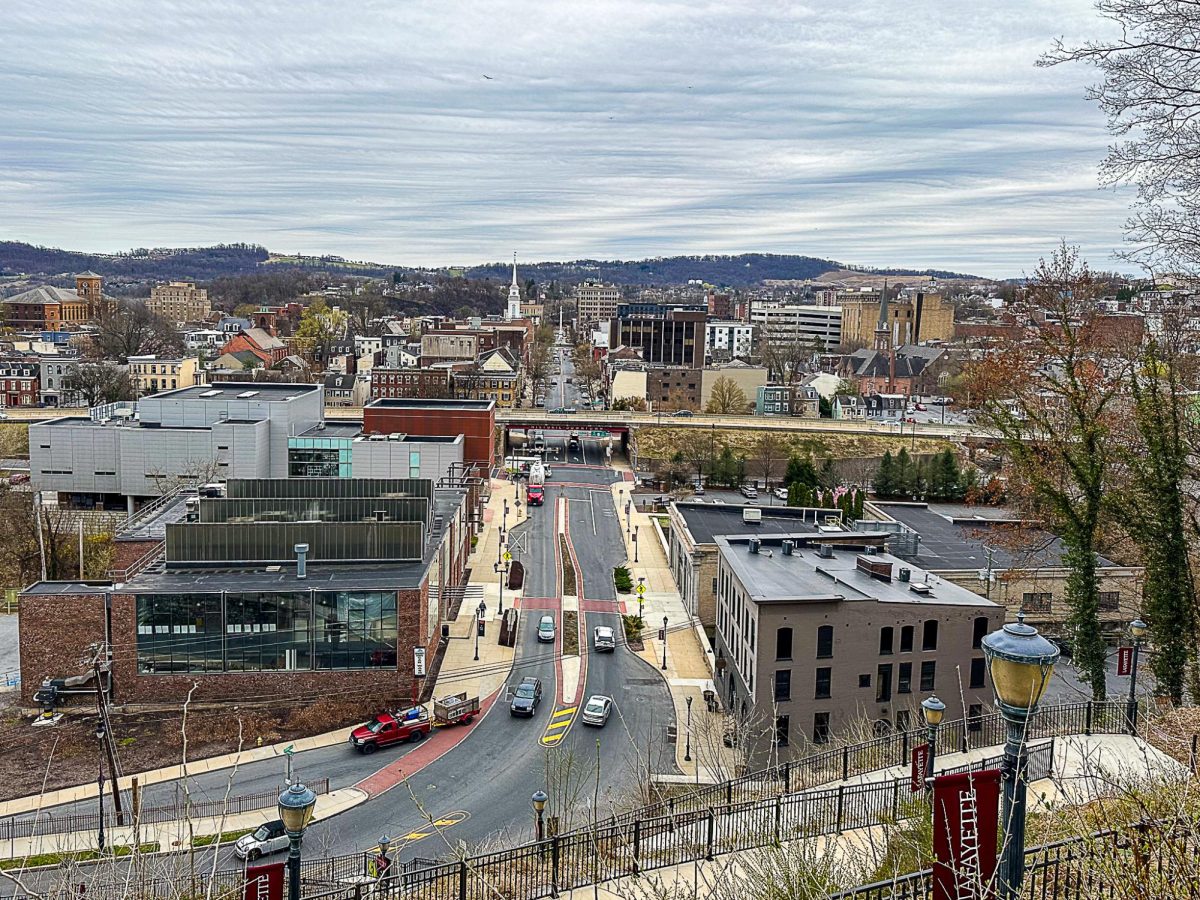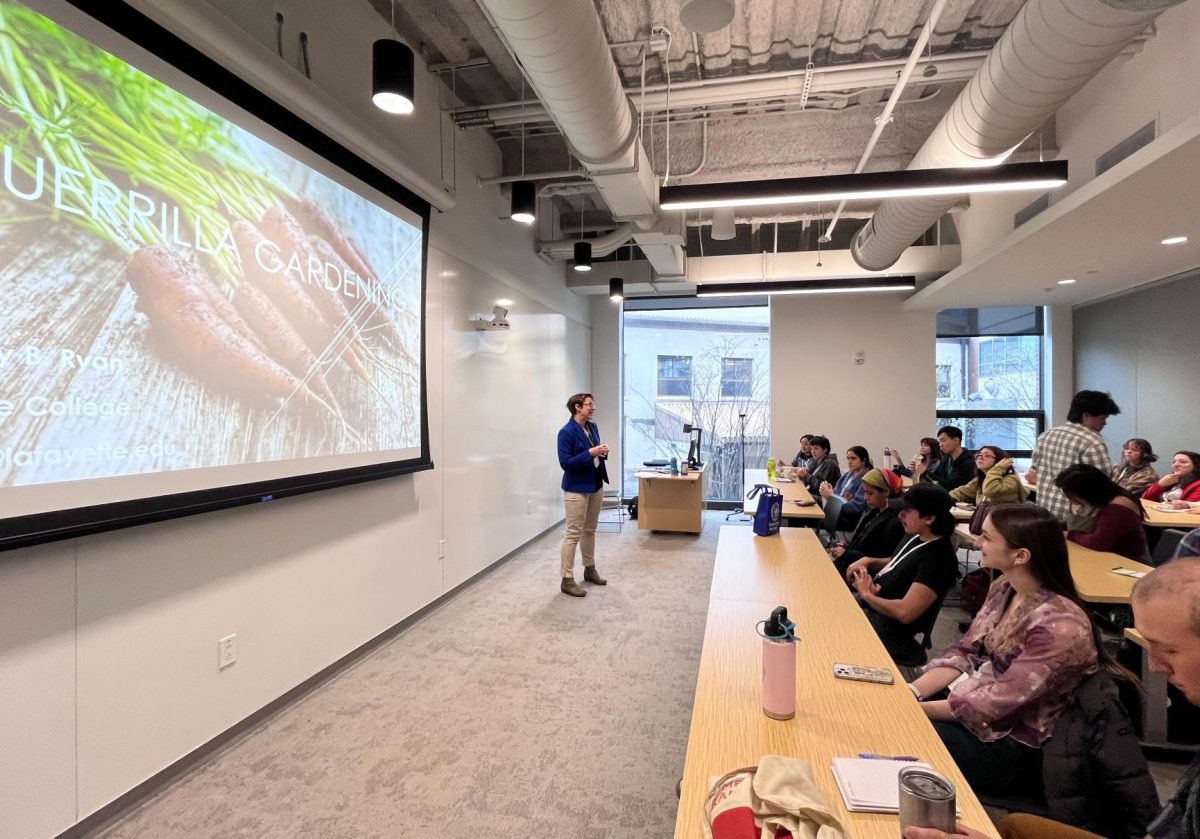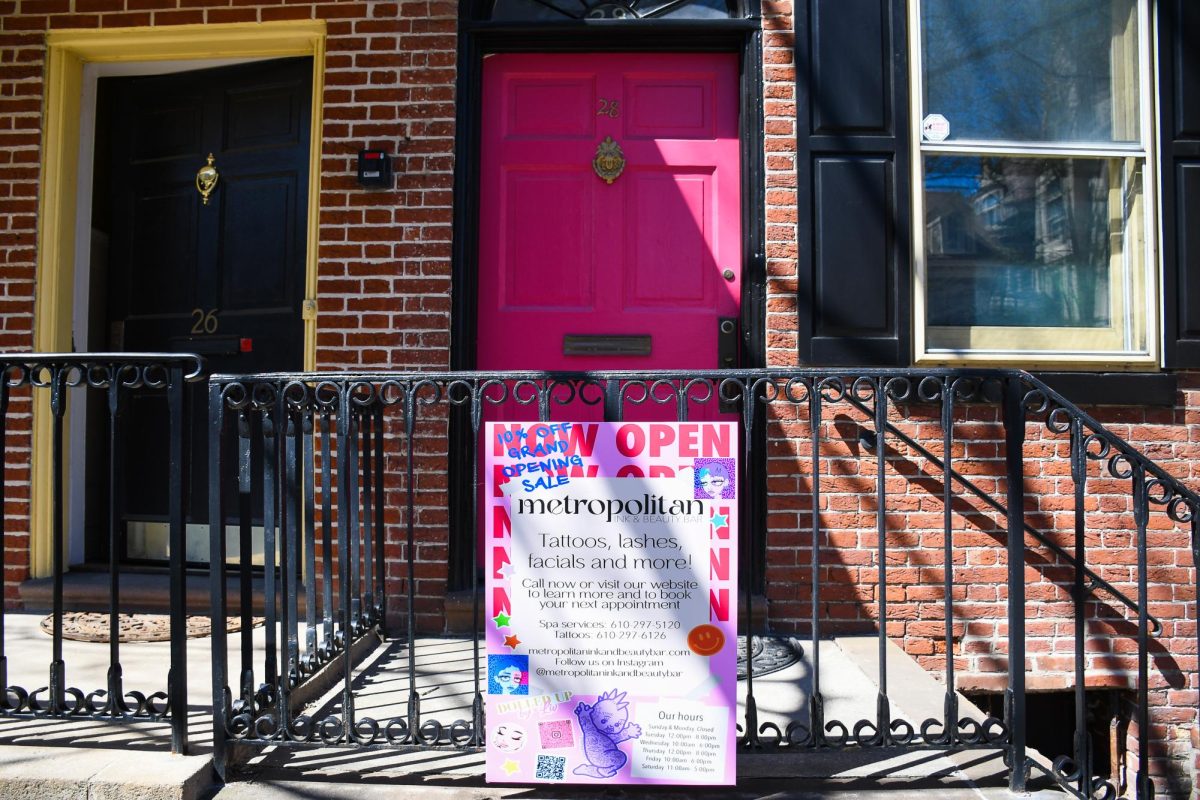This summer, the Office of Sustainability took the first steps towards gradually introducing electric vehicles to campus by conducting research on the topic.
This initiative is the latest strategy in the Climate Action Plan 2.0 (CAP), a sustainability initiative that began in 2019 and aims to decrease the college’s carbon footprint so that it can be carbon neutral by 2035.
Leading the research on the new initiative is Emily Bone ‘24, a metrics intern for the Office of Sustainability who is working under the guidance of Delicia Nahman and Samantha Smith, Sustainability director and Sustainability Outreach and Engagement manager, respectively.
Gathering data from Facilities Operations, over the summer Bone was tasked with calculating the amount of greenhouse gas emissions emitted by the college’s fleet of vehicles – which includes all college-owned vehicles, ranging from the Geology Department vans to the public safety patrol cars. She also estimated projections for emissions if Lafayette were to begin phasing out gas and diesel vehicles and replacing them with electric ones.
“I found that we emit around 212,900 pounds of carbon annually just from our campus fleet,” Bone wrote in an email.
This high level of carbon emissions has increased the college’s carbon footprint, according to Smith. Introducing electric vehicles to campus would not only be a key milestone in reaching carbon neutrality but would yield benefits for many other aspects of campus life and operations. There are already some electrical vehicles owned by the college on campus.
“You hear cars passing by on campus. With electric vehicles, there would be less noise pollution – they’re so much quieter,” Smith said. “There’s also a chance that there would be less maintenance costs from the perspective of Facilities because electric vehicles have less moving parts. It would be good for local health, as well, and [for combating] air pollution.”
Lafayette does not yet have an official plan for reducing the number of gas-emitting campus vehicles, and the process of replacing them with electric vehicles is complex. Bone, Nahman and Smith are currently in the “first phase” of the project, which entails data collection, analysis and making future projections.
They are still in the process of communicating with potential stakeholders in the initiative. They also must address uncertainties about fuel vendors and vehicle source locations before proceeding to the next steps of the planning. They expect to finish work for this initial stage of the project at the end of the academic year.
“There are several factors that contribute to Lafayette’s emissions, and vehicles are one of them,” Smith said. “It’s like a puzzle. There are so many different places in which emissions come from across campus and we take it piece by piece, going through the puzzle and identifying areas we need to improve on in order to reach our goal.”
Bone has a recommendation for the college.
“In order to achieve our carbon neutrality by the 2035 goal, Lafayette will have to cut back on vehicle emissions,” Bone wrote. “My work here can be a helpful guideline and a starting place when planning for our future.”























































































































